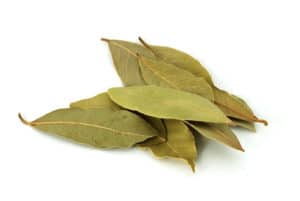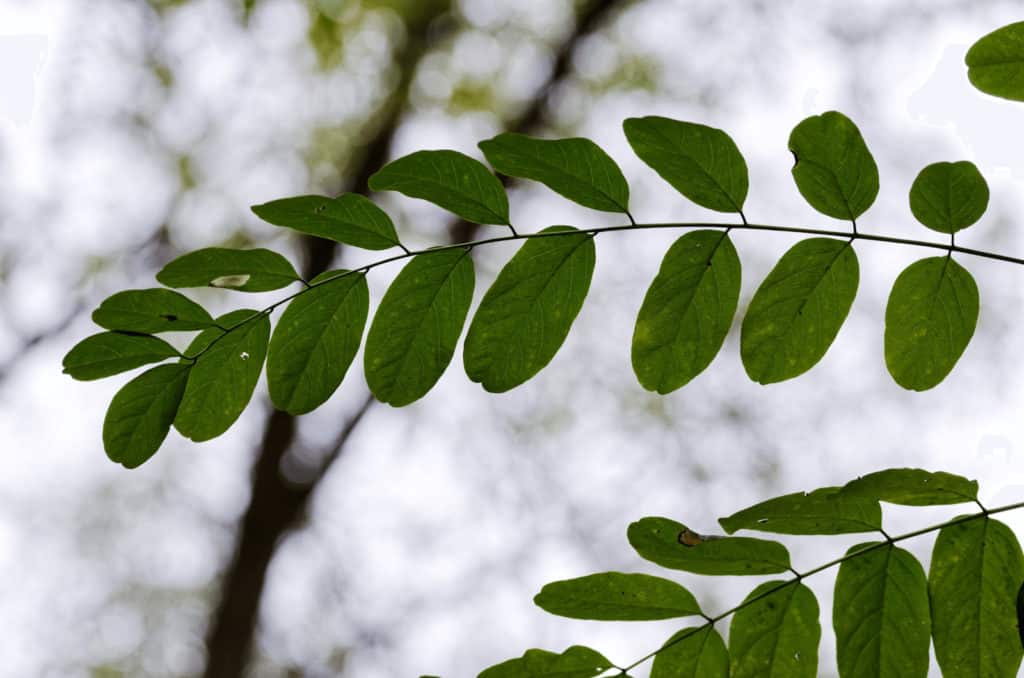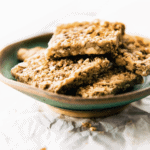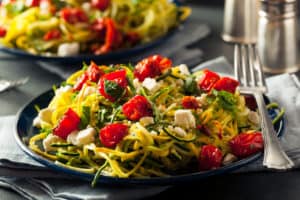Bay leaves are among many herbs that may be commonly used when cooking. Bay leaves come from the bay laurel plant. The bay plant’s leaves are shiny and dark green on top and duller and lighter underneath.
If you’re asking, “Are bay leaves edible? Can you eat bay leaves?”, the answer is yes. The bay leaves plant can be used for ornamental purposes, and the leaves themselves — fresh or dried — can be used to enhance your next recipe.
Bay Leaf Varieties
According to Masterclass, there are six main varieties of edible bay leaves grown worldwide. However, the two most common are the Mediterranean and Californian bay leaves.
- Mediterranean bay leaf (or Turkish bay leaf): This is the most common form of bay leaf, cultivated around the Mediterranean and known for its aromatic, tea-like flavor.
- Californian bay leaf (or Umbellularia californica, Californian laurel, Oregon myrtle, pepperwood): This bay leaf, the second of the two most common varieties, has a stronger, more aromatic flavor with strong hints of eucalyptus.
- Indian bay leaf: With a distinct, cinnamon-like taste, Indian bay leaves are not a good substitute for Turkish or Californian bay leaves.
- West Indian bay leaf: These come from the West Indian bay tree. While they are mainly used to create cologne, the West Indian bay leaf also is occasionally used for culinary purposes.
- Indonesian bay leaf: Rarely used outside of Indonesia, this bay leaf variety is typically applied directly to meat.
- Mexican bay leaf: Primarily used in Mexican cooking, this bay leaf doesn’t pack nearly as much flavor as the Californian variety.
Nutritional Value and Benefits
So, what does a bay leaf do? The main purpose of bay leaves is to enhance your food’s flavor. While they don’t pack a particularly flavorful punch themselves, their role is more along the lines of a “supporting actor,” helping to coax out other flavors and spices in your dish.
There is a misconception that bay leaves are poisonous, but this actually isn’t true. While bay leaves generally are not consumed in a traditional form, the majority of bay leaf species are not poisonous. There are a couple of bay leaf species that are considered poisonous, including the cherry and mountain laurel plants, but these are not sold for culinary purposes.
But the benefits of bay leaves are plentiful, too. Perhaps one of the most significant bay leaf benefits is the fact that it can enhance the flavor of food without adding sodium. Some people even prepare their tea with bay leaves.
And, according to Verywell Fit, “if crumbled bay leaves are consumed in a dish, you may gain a few nutritional benefits.” Verywell Fit writes that a one-tablespoon serving of crumbled bay leaves contains about five calories, mainly in carbohydrates. Micronutrients include vitamin A, vitamin C, vitamin B6, manganese, iron, and calcium.
How to Eat Bay Leaves

Although bay leaves can be used fresh or dried, most recipes call for dried bay leaves. Fresh bay leaves often run more expensive and doesn’t last as long as their dried counterparts do.
Unlike other herbs, in general, you don’t eat bay leaves. Bay leaves are utilized during the cooking process and are removed before being eaten. Typically, they are simmered in a sauce or included in a braising liquid and removed before serving. Bay leaves sometimes are ground into a powder and used as a spice or pressed into bay leaf oil.
Bay leaves are excellent choices for simmering in soups and stews to bring out the natural flavor. They’re also a viable option for stuffing into a chicken or turkey before roasting it. And, as previously mentioned, they can be added to a cup of tea to help enhance its fragrant, soothing properties.
According to Masterclass, you can also use bay leaves in marinades for meat and fish, add it to boiling water to cook seafood, or incorporate it into pickling solutions. Bay leaves sometimes are added to the cream mixture for rice pudding, too.
Where to Get Bay Leaves
Bay leaves can be found in the spices and herbs section in most grocery stores year-round. You may even be able to find dried, crumbled, or ground bay leaves. According to Verywell Fit, though, many cooks actually find that ground bay leaves are too strong and prefer to use and then toss the whole leaf.
Some grocery stores may also carry fresh bay leaves in the produce section, but fresh bay leaves don’t last very long. It also makes it hard to store and keep them at home. If you do choose to buy fresh bay leaves, though, store them in a sealed zip-top food storage bag in the refrigerator. You should be able to keep them for up to two weeks if you do this.
The short shelf life for fresh bay leaves is one reason why most people tend to opt for dried bay leaves. Whether you store bay leaves in the spice cabinet or freeze them is up to you. According to Verywell Fit, though, many chefs recommend keeping them in the freezer to help retain flavor. Store dried bay leaves in a cool, dark, and dry spice cabinet or kept sealed in the freezer.
Common Recipes With Bay Leaves
If you’re consuming most any stew, soup, or creamy foods, it’s almost a guarantee that bay leaves will be a great addition to the simmering process. However, you can use bay leaves in so many different recipes, from Indian and Mexican foods to seafood and more. Here are a few recipes that Masterclass suggests incorporating bay leaves into:
- Ratatouille
- Caribbean jerk chicken
- Thai and Laotian curries
- Philippino adobo and Menudo
- Indian biryani
- Beef stew
- Roasted potatoes with fresh bay leaves and olive oil
- Creamy risotto
- Classic Italian Bolognese sauce
- Indian chicken curry
- Lamb tagine
- Vegetable soup
- Seafood chowder
- Pickled cucumbers
- Mexican posole







